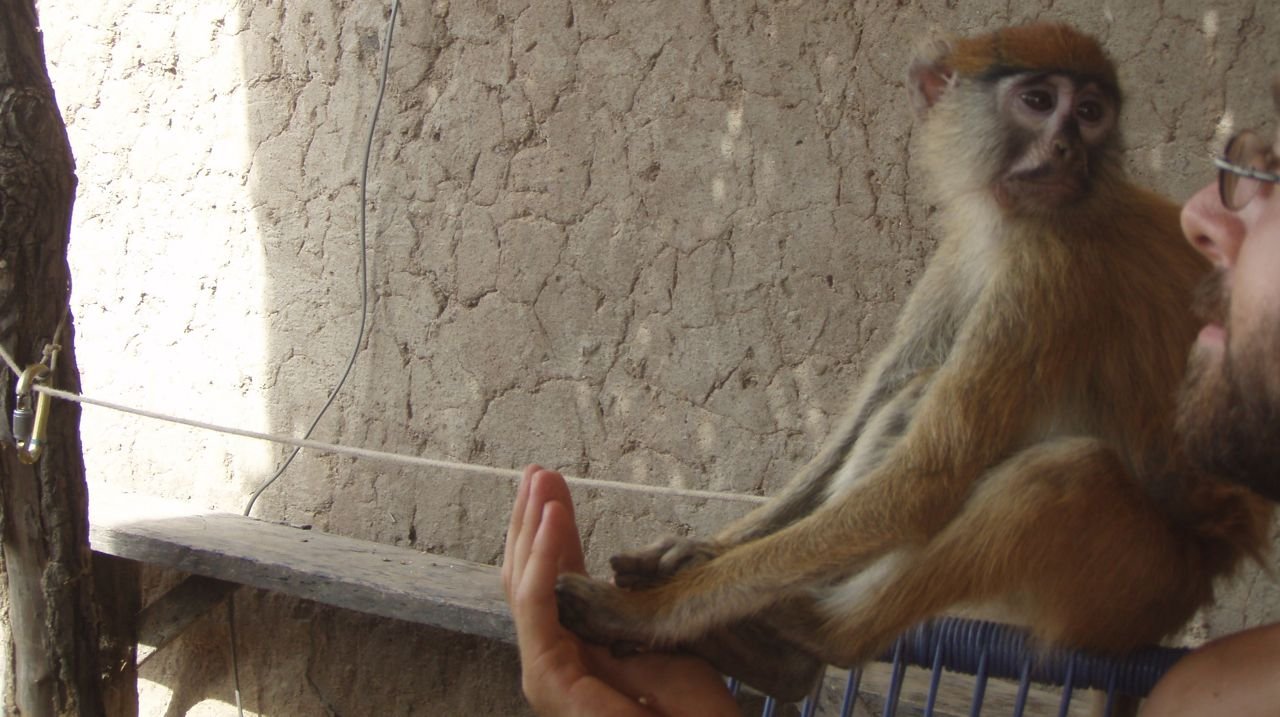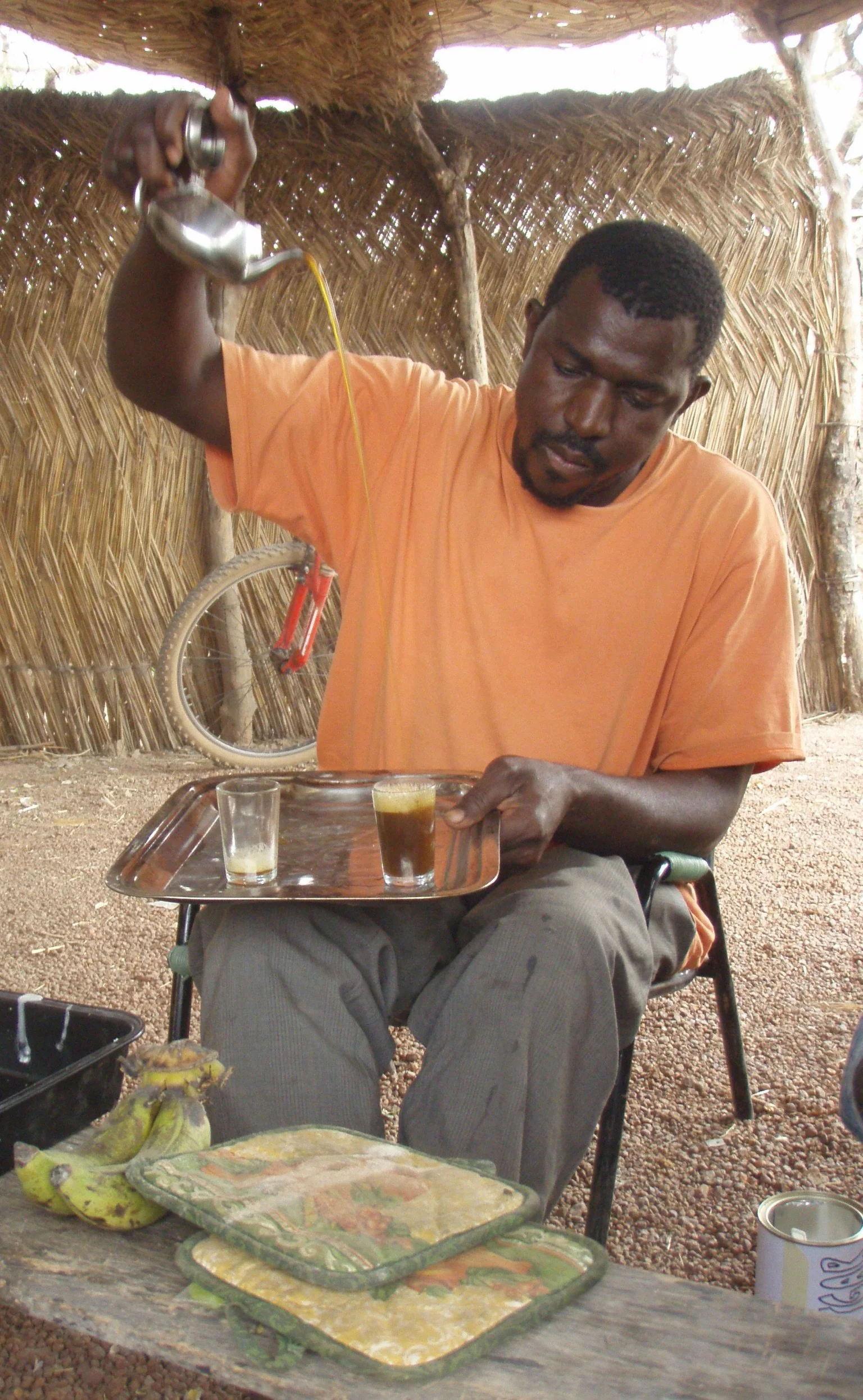
Bedtime Stories
4 March 2009
I awoke with the gift of extra ambition. At times it is hard to do much more than read due to energy-sapping heat, little to no accountability, and lack of English-speaking people for miles around. The desire to eat something sweet drew me to the Butiki (general store) to hunt down some flour. During the twenty minutes of sending kids out to find some (as this particular Butiki was fresh out), I noticed some fresh bananas for sale. I figured banana bread might be the way to go, and why not make some cinnamon rolls too? In fact, why not turn the whole day into an impromptu cooking lesson?
Malian males do not take part in domestic labor. While the women work hard all day cooking, cleaning, and pounding grain (usually with a baby on their back), their husbands sit around and drink tea or work in the fields when necessary. They like tea more than the British and make it espresso style: extra strong, out of a shot glass, with too much sugar. I decided to blur the gender roles and convinced a few of my friends to come over and learn how to make buru (bread) by enticing them with their much-loved tea and some beef stew I cooked up the day before. After the bread was in the oven and lunch was finished (with me graciously accepting the request to teach their wives how to cook) we dispersed to our respective places of rest for the midday siesta.
As the mercury began to dip below 100, my three-person class found their way back to school. The cinnamon rolls were still warm after baking to perfection in my charcoal-fired mud oven, and as such, promptly devoured. Roles then quickly reversed as the tea began to flow.
Flipping through pictures on my camera to make conversation I came across a photo of a strange place I had been meaning to ask about. The picture was taken a couple of months before, and in a state of bewilderment, I was trying to figure out what this Malian Stonehenge was doing in the middle of a cornfield. At least 100 meters across and roughly circular (most of the wall had dissolved back into the ground from whence it came) this strange structure was kilometers from any human dwelling. I thought perhaps it had some kind of religious significance.
After many questions and a few answers I could understand (contrary to most foreign language learners, I find it easier to express myself than understand what others are saying) the history became clear. The wavy ruins were constructed around 200 years ago. I did not believe this at first as my own mud-brick walls have already been rebuilt in a few places and are only a few years old. My former students, now my teachers, explained how the walls had once been wide enough to ride a horse on top of and were built to protect their ancestors from the (mostly) French slave-traders.
A vicious battle was fought at this once heavily fortified village some 150 years ago. The Toubobs (Frenchmen) came on horseback armed with rifles and chains seeking strong, healthy Africans. Apparently the ancestors of my friends (at least on this particular day) were a little bit too strong. They rushed behind the walls that protected their homes and aimed their rifles (which I am told didn’t work very well) at the men on horseback. Shooting commenced and soon after the French saw their hopes for a payday vanquished, retreated.
I was told the walled cities worked well until the Toubobs became clever many years later and started dropping bombs on rebellious cities from airplanes. Fortunately, my village is now home to over 1,000 people and animosity toward the French is mostly a memory.
The ruins of another similar village exist on the other side of town. Once there were three walled towns, the location of the third being where I live today. The now consolidated families can easily trace their origin to one of the three based on their last name. Although the walls have come down and peace now pervades, the past lives on within the rich oral history possessed by the Malian people.






